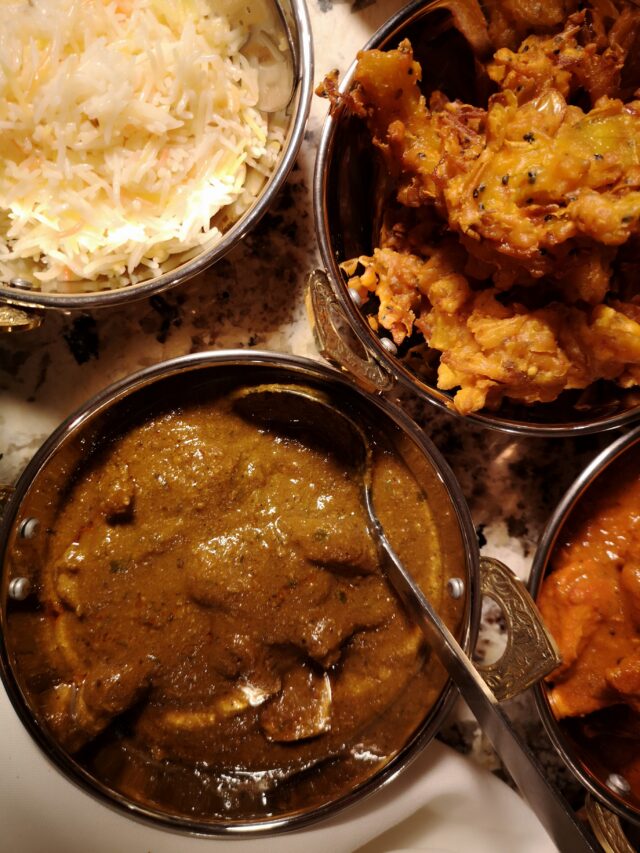Vindaloo and Portuguese colonialism

As a dish, vindaloo is simply a hot curry with a protein, sometimes potatoes, and a rich selection of Indian spices.
As a word, vindaloo speaks to a comingling of diverse and divergent cultures and historical intersections that help define the complexity of India and the imperial interest of the Portuguese, Persians and British.
In both cases, there’s a lyricism in the word – vindaloo – redolent perhaps of Dr. Seuss that evolved from the language of Portuguese explorers who landed in India centuries ago: it derives from “carne de vinho e alhos,” which is meat with wine and garlic, and which might appear as vin d’alho.
You can easily see the linguistic leap to “vindaloo.”
A dish originally from Goa, a state on the southwest coast of India, ancient versions of vindaloo first appeared in the 1500s.
As it often is, necessity was the mother of invention: Portuguese sailors stored meat in vinegar to preserve it; vindaloo, therefore, came to be made with vinegar originally.
When Great Britain colonized India, the dish became more popular, and the cuisine as a whole is now a significant part of the British food landscape: Indian food, in its many regional dimensions, is similarly popular in our communities.

